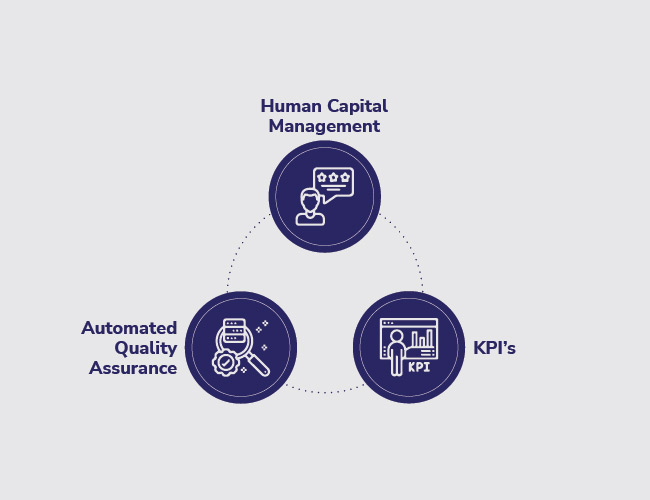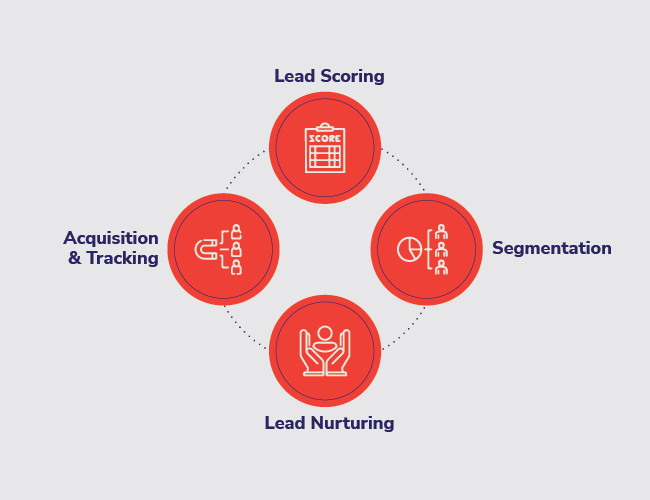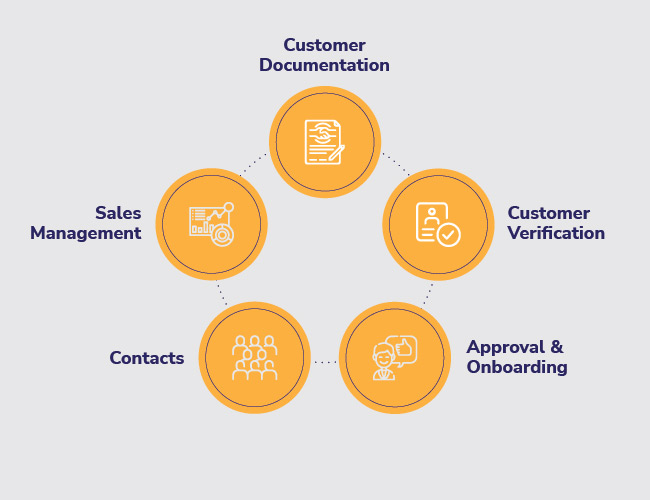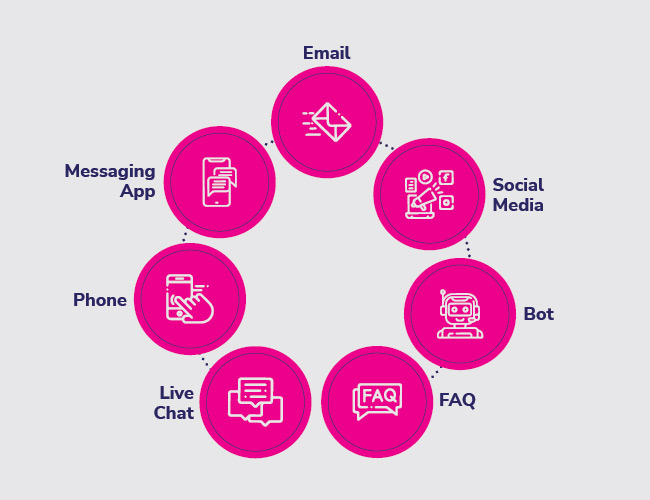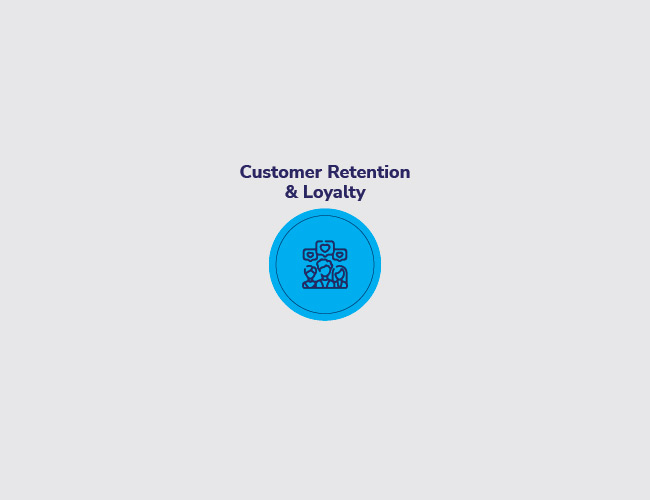
THE TELEMATICS WAY OF INSURANCE
Are you looking for a 30% discount on your next car insurance renewal? What if you received a discount for driving lesser kilometres? Top that with a discount for good driving skills! Think it’s beyond possibility? Think again with Usage Based Insurance (UBI).
The Usage Based Insurance was first introduced in the year 2000. UBI, a type of vehicle insurance where the costs are dependent on the type of vehicle used measured against time, distance, behaviour, & place. UBI, implemented by using telematics technology, can bring you maximum benefits of 30% on the insurance premium payment. The number of miles driven per year and nature of usage are primary factors used in fixing your rate.
Gartner estimates, there will be about 100 million vehicles having implemented UBI by 2020. Now, that’s something to be inclined about, right? UBI has become very common in North America and Europe. Many companies have started to come up with different schemes of UBI.
Some of the very famous schemes are Pay as You Drive (PASD) and Pay How Much You Drive (PHMYD). In the scheme PHMYD, the odometer’s reading is taken into consideration to calculate the discount for the user. In the scheme PASD, different parameters are adopted – speed, hand brakes, and more. Discounts are given to the customer based on the above two parameters.
The implementation of the UBI requires an OBD device fitted in the vehicle. The OBD device receives “ABC” – “Accelerate, Brake and Clutch” information of the vehicle. This data is then passed through analytical engine and different statistical models which then determines the driving behaviour of the user. So, whenever customer goes for renewing the insurance, company takes the reading of the OBD device and appropriate discount is provided to the customer based on different business rules.
While there are countless benefits of implementing UBI in insurance industry, there are also many challenges. The major pain point of implementation is IRDA (Insurance Regulatory and Development Authority of India). It restricts insurers to offer full-fledged telematics-based insurance products. There is no provision to factor in driving behaviour in premium pricing, also the methodology of taking the reading of OBD device is not secure. The reading can be tampered by the vehicle users and hence, security is a great concern for the industry. Apart from all, the major issue is the cost of OBD device. Till now, the cost of device is not at par to the benefits provided.
Despite the strict regulation by IRDAI, many companies in India are trying to implement telematics in their products but with limited features. One such company with success is Bajaj Allianz. They have a telematics-based product called “Drive Smart” which provides features such as driving pattern analysis (top speed, distance travelled, longest distance travelled in a day), vehicle diagnostics (battery and engine condition) and geo fencing (last seen location) etc. These features are at par with the features provided by insurance companies in any other country of the world. Various start-ups have devised the low cost OBD devices with better security features to stop tampering of the device. With the advancement in technology, the information provided by OBD device is presented to the user in a highly beneficial manner.
In India, UBI based schemes have shown lukewarm response. It will take time for industry to utilize the full-fledged telematics-based insurance. With technological advancements and maturity in governance, India can see better market in future for UBI similar to the cases seen with other countries.





 Nilesh Gupta
Nilesh Gupta
 Ramu Bodathulla
Ramu Bodathulla Mr. Raj Kumar Ahuja
Mr. Raj Kumar Ahuja Dr. Madan Bhalchandra Gosavi (B.A. (Hons.), LLM, M.Phil, PhD)
Dr. Madan Bhalchandra Gosavi (B.A. (Hons.), LLM, M.Phil, PhD) Mr. Umesh Mehta
Mr. Umesh Mehta Harish Shenoy
Harish Shenoy CA Uttam Prakash Agarwal
CA Uttam Prakash Agarwal Uttam Jhunjhunwala
Uttam Jhunjhunwala Ranjit Balakrishnan
Ranjit Balakrishnan Emmanuel N
Emmanuel N
 Rangapriya Goutham
Rangapriya Goutham Mohan TS
Mohan TS Sanjay Rawa
Sanjay Rawa Dr. Aruna Sharma
Dr. Aruna Sharma Mr.Avtar Singh Monga
Mr.Avtar Singh Monga Mr. Thompson P. Gnanam
Mr. Thompson P. Gnanam Ms. Zohra Chatterji
Ms. Zohra Chatterji Dr. Kalyan Krishnamoorthy
Dr. Kalyan Krishnamoorthy







 Mr. Pravir Vohra
Mr. Pravir Vohra Viraf Sirvala
Viraf Sirvala

 Amrita Gangotra
Amrita Gangotra